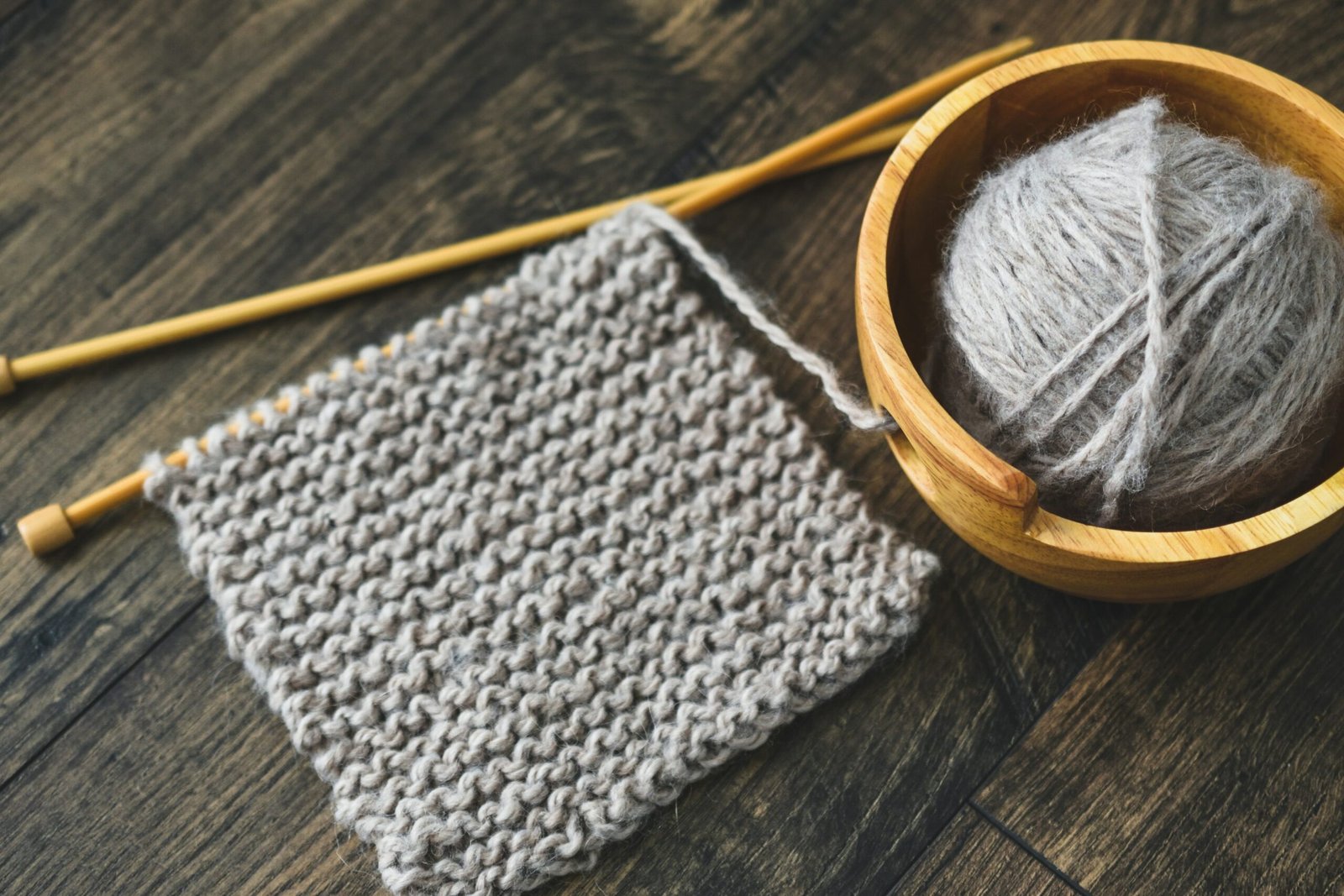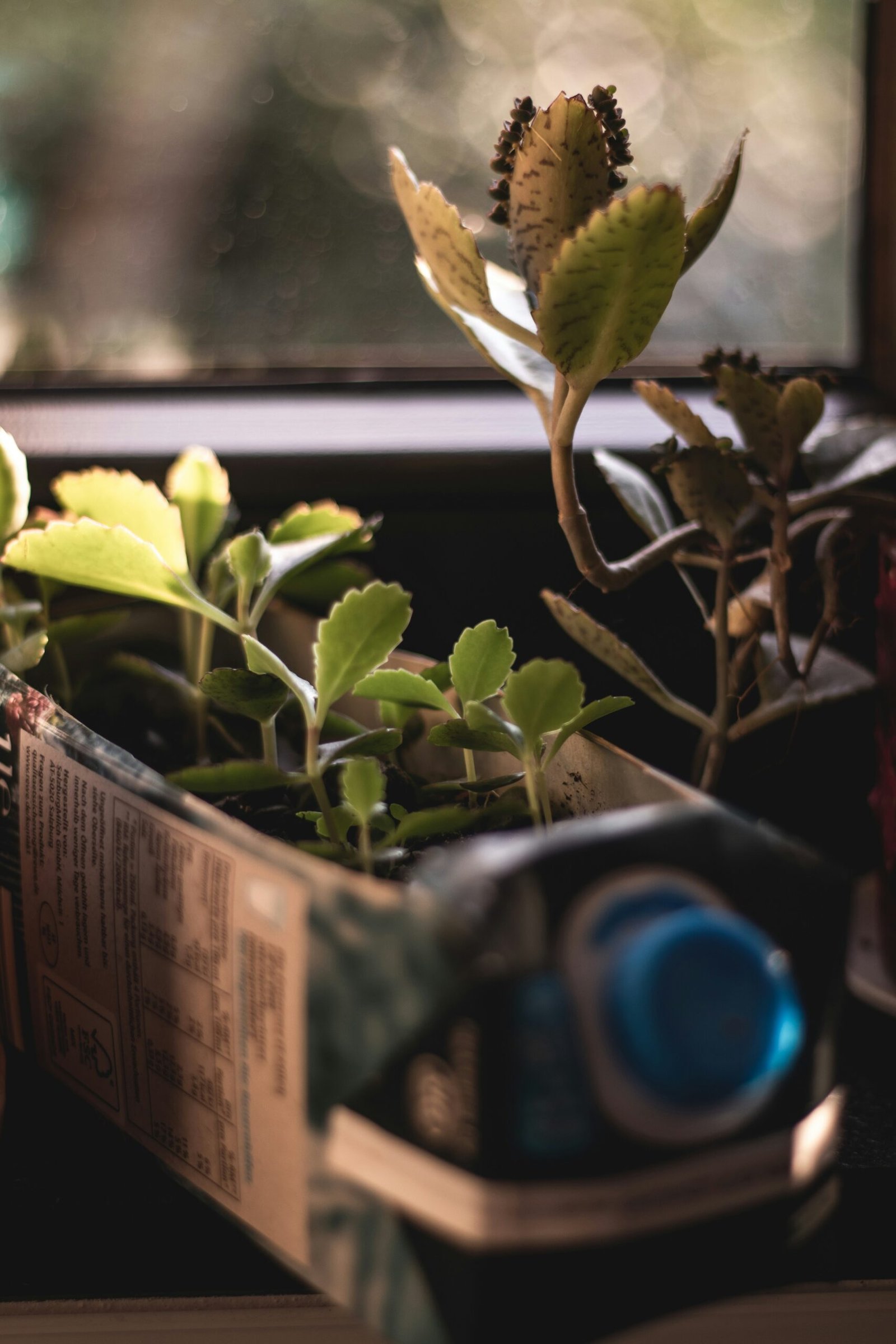Introduction to Upcycling and Its Benefits
Upcycling, often confused with recycling, is a creative process that involves transforming old or unused items into new, functional products. Unlike recycling, which typically involves breaking down materials to create new ones, upcycling retains the original item’s form, giving it a new purpose while preserving its structural integrity. This approach is particularly advantageous when applied to old clothing, offering a myriad of benefits that extend beyond mere environmental impact.
One of the primary environmental benefits of upcycling old clothing is the significant reduction in waste. The fashion industry is known for its substantial contribution to global waste, with millions of tons of textiles ending up in landfills each year. By upcycling, we can divert these items from the waste stream, thereby decreasing the environmental burden. Furthermore, upcycling conserves resources by minimizing the need for new raw materials, which are often resource-intensive to produce. This conservation extends to reducing the energy consumption and water usage typically associated with clothing manufacturing.
Economically, upcycling can be highly beneficial by offering a cost-effective alternative to purchasing new garments. By repurposing old clothes, individuals can save money while expressing their creativity and personal style. This aspect is particularly appealing in today’s fast fashion market, where trends change rapidly, and the cost of staying fashionable can be high. Upcycling provides a sustainable solution that allows for continuous wardrobe updates without the financial strain.
Beyond the tangible benefits, upcycling old clothing can be incredibly rewarding on a personal level. The process fosters creativity, allowing individuals to experiment with different designs, fabrics, and techniques. This hands-on experience not only results in unique, one-of-a-kind pieces but also offers a sense of accomplishment and satisfaction. Additionally, upcycled garments often carry sentimental value, as they are crafted from items that may hold personal memories and stories, thereby infusing the new creations with a deeper, more meaningful connection.
Simple Alterations to Refresh Your Wardrobe
Revitalizing your wardrobe with creative DIY fashion ideas doesn’t necessitate advanced sewing skills. Simple alterations can breathe new life into old clothing, making them feel fresh and current. One of the most straightforward techniques is hemming. Whether it’s pants or skirts that need a shorter length, hemming can transform the item into a more versatile piece. All you need is a basic sewing kit that includes needles, thread, and a pair of fabric scissors. Alternatively, fabric glue can be used for a no-sew option, offering a quick and efficient solution.
Another effective alteration is taking in or letting out seams. This technique allows you to adjust the fit of your clothing to better suit your body shape. For instance, a shirt that’s too loose can be taken in at the sides for a more tailored look. Conversely, if an item feels too snug, letting out the seams can provide additional comfort. Online tutorials are a valuable resource for beginners, offering step-by-step guidance on how to perform these alterations with ease.
Adding or removing sleeves is yet another way to upcycle old clothing. Transform a long-sleeve shirt into a sleeveless top for a chic, summer-ready piece. All it takes is a pair of fabric scissors and some basic stitching to finish the armholes. If you prefer a no-sew method, fabric glue or iron-on hem tape can also be used to secure the edges. Conversely, adding sleeves to a sleeveless dress or top can create a more versatile item suitable for different occasions and seasons.
These simple alterations are not only cost-effective but also environmentally friendly, as they minimize waste and extend the life of your clothing. With the help of basic tools and readily available online resources, anyone can master these techniques and enjoy a refreshed, personalized wardrobe.
Creative Upcycling Projects for Unique Fashion Pieces
Upcycling old clothing into standout fashion items is a rewarding endeavor that combines creativity with sustainability. For those looking to take their DIY fashion projects to the next level, several advanced techniques can transform outdated garments into unique, stylish pieces.
One popular project involves converting old jeans into a chic denim skirt. This process starts with cutting off the legs of the jeans to the desired length. The next step is to open the inner seams and re-stitch the fabric to create a skirt shape. Adding a personal touch, such as distressing the fabric or incorporating decorative patches, can elevate the final product, making it both trendy and personalized.
Patchwork garments represent another exciting upcycling opportunity. By combining various pieces of fabric, you can create a vibrant, eclectic look. Start by collecting fabric scraps from old clothes, ensuring they have a variety of colors and patterns. Sew these pieces together to form larger fabric sheets, which can then be used to make new clothing items like jackets, skirts, or even bags. This project not only breathes new life into unused materials but also results in a one-of-a-kind fashion statement.
Embellishing plain shirts with embroidery, beads, or fabric paint is another excellent way to upcycle. Embroidery allows for intricate designs, adding a touch of elegance to any garment. Beading can introduce a playful, eye-catching element. Fabric paint offers ultimate flexibility, enabling custom designs, from simple stencils to elaborate freehand artwork. These techniques can transform a simple t-shirt into a piece of wearable art.
Encouraging experimentation is key to successful upcycling. The beauty of these projects lies in their ability to reflect personal style and creativity. Embrace the imperfections and enjoy the process of transforming old clothing into unique fashion pieces. By doing so, you contribute to a more sustainable fashion industry while expressing your individuality through upcycled fashion.
Sustainable Fashion Tips and Resources
Embarking on a journey into sustainable fashion is not only rewarding but also crucial for reducing our environmental footprint. One of the first steps is to discover sustainable fabric stores. These stores offer a variety of eco-friendly materials, such as organic cotton, hemp, and recycled fabrics, that are perfect for your DIY projects. Some reputable online stores include Organic Cotton Plus, Fabric.com, and Eco Fabric Store. These platforms ensure that the fabrics you purchase are ethically sourced and environmentally friendly.
Joining online communities dedicated to upcycling and DIY fashion can provide endless inspiration and support. Platforms like Reddit’s r/Upcycling, Facebook groups focused on sustainable fashion, and Instagram hashtags like #UpcycledFashion are excellent places to share your creations, find new ideas, and connect with like-minded individuals. These communities are invaluable resources for tips, tutorials, and feedback, helping you refine your skills and expand your creativity.
For those who prefer a more structured learning approach, several books and blogs are dedicated to sustainable and DIY fashion. Titles such as “Wardrobe Crisis: How We Went from Sunday Best to Fast Fashion” by Clare Press and “Fashion Revolution: How to Make Your Clothes Last Longer” by Orsola de Castro offer deep insights into the fashion industry’s impact and practical advice on creating a sustainable wardrobe. Blogs like The Good Trade and Eco Warrior Princess regularly feature articles on upcycling techniques and sustainable fashion trends, keeping you informed and inspired.
Maintaining and caring for your upcycled clothing is essential to ensure their longevity and reduce the need for further consumption. Wash your garments in cold water to preserve their colors and fibers, and avoid using harsh detergents. Air drying, rather than using a dryer, can prevent shrinkage and wear. Regularly inspect your clothing for minor damages and mend them promptly to prevent them from worsening. By adopting these practices, you can enjoy your upcycled creations for years while contributing to a more sustainable fashion industry.


